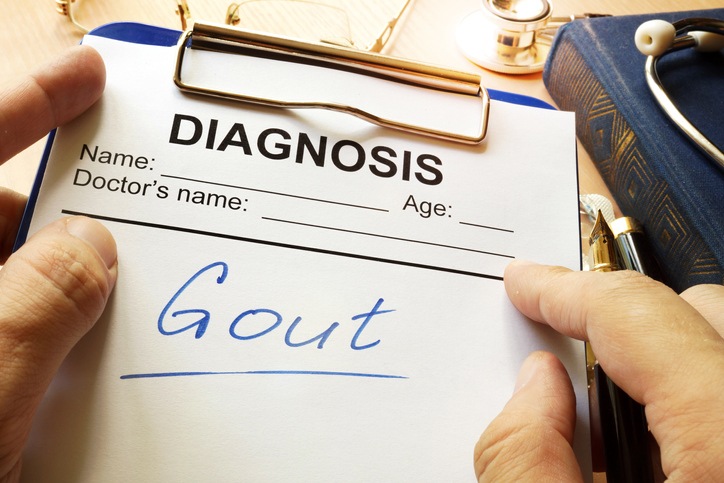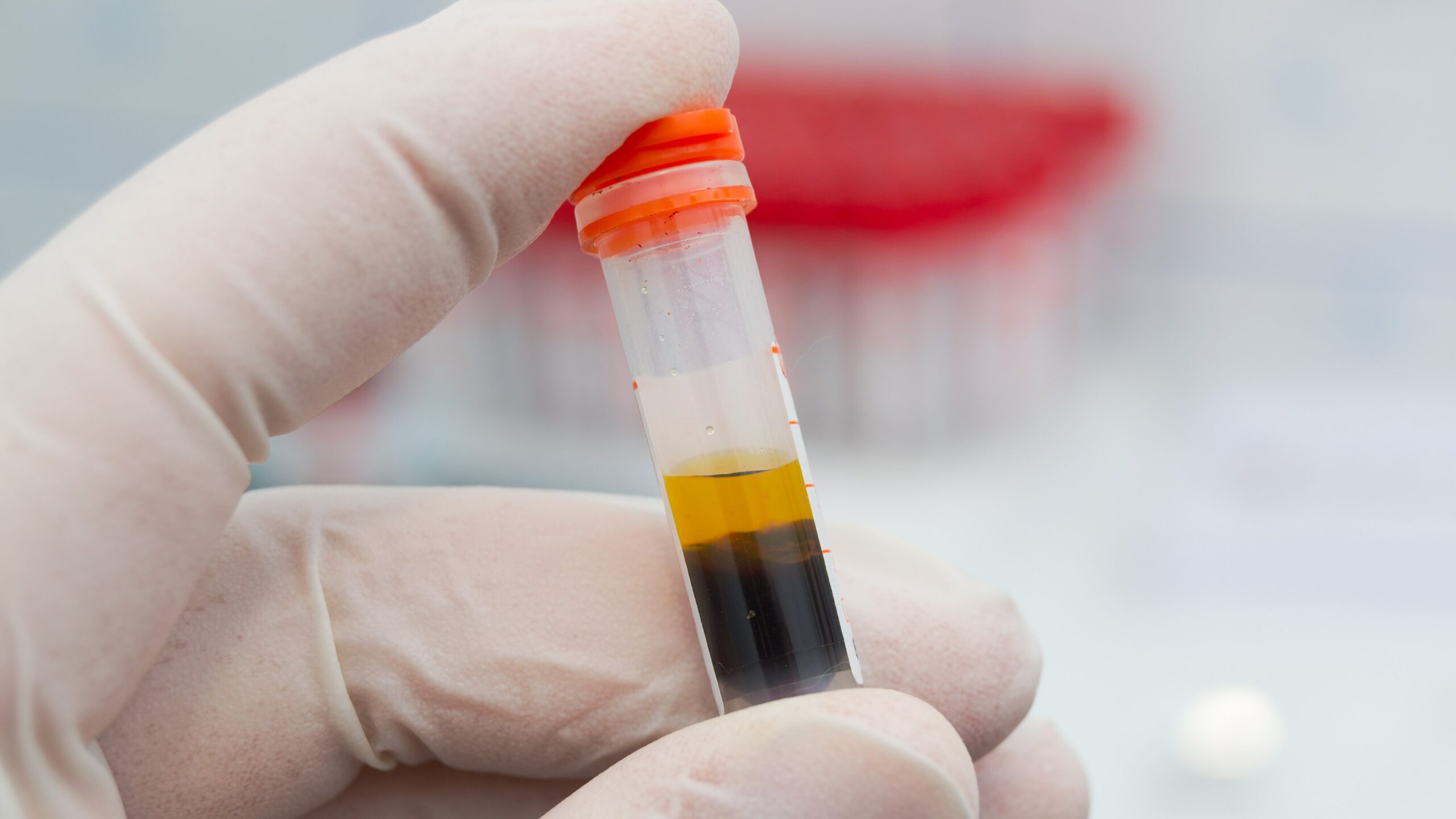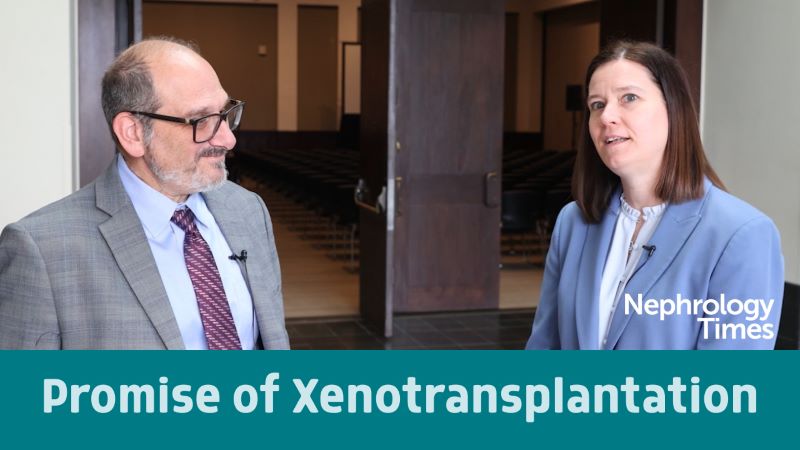
The most common solid organ transplant is kidney transplant. In 2021, there were more than 24,600 kidney transplant performed in the United States. Common comorbidities experienced by kidney transplant recipients include hyperuricemia and consequent gout. The prevalence rate of gout in the United States among kidney transplant recipients is approximately 12-fold higher than that in the general nontransplanted population.
Reduced urate excretion related to chronic renal impairment as well side effects associated with medications such as calcineurin inhibitors and diuretics are potential contributors to the increased prevalence of gout. Management of gout in kidney transplant recipients is challenging due to potential adverse effects and drug interactions that lead to underutilization of conventional urate lowering therapies in that patient population.
Pegloticase is a recombinant modified mammalian urate oxidase that is indicated for the treatment of chronic gout in adults refractory to conventional therapy. Results of two replicate phase 3 studies for pegloticase monotherapy demonstrated the sustained reduction of serum uric acid in 43.5% of participants in 6 months. Pegloticase has been shown to be safe and effective in a small number of patients with kidney and kidney-pancreas transplants. However, there are no formal clinical trials examining the efficacy and safety of pegloticase in kidney transplant recipients with gout.
Abdul Abdellatif, MD, FASN, and colleagues conducted am open-label, phase 4 trial (PROTECT NCT04087720) designed to examine the safety and efficacy of pegloticase in 20 kidney transplant recipients >1 year prior to enrollment. Inclusion criteria were uncontrolled gout and a functioning kidney transplant. Results were reported online in Clinical Transplantation.
The primary end point was the proportion of treatment responders in the intention-to-treat population during month 6. Treatment response was defined as serum uric acid <6 mg/dL for more than 80% the evaluations during month 6 (weeks 20, 21, 22, 23, and 24). Safety evaluations including all incidences of adverse events and serious adverse events. Infusion reactions, anaphylaxis, gout flare, and major cardiovascular events were considered events of special interest.
The intention-to-treat population included 20 participants who entered the open-label treatment period that included pegloticase treatments every 2 weeks for a total of 12 infusions. Of the 20 participants, 70% (n=14) completed the 24-week open-label treatment period and received all 12 pegloticase treatments.
Mean age at baseline was 53.9 years, 85% were male, mean time from kidney transplantation was 14.7 years, and mean time from gout diagnosis was 7.9 years. Eleven participants (55%) reported a history of visible gout tophi and 18 (90%) reported gout flares within the previous 12 months. All participants were on stable doses of two or more immunosuppressive drugs and 17 (85%) were CKD stage 3a or 3b. Fourteen participants (70%) were on a therapy regimen of two or more immunosuppressive drugs consisting of a calcineurin inhibitor (CNI) or mTOR inhibitor-based protocol (tacrolimus, cyclosporin, or rapamycin), an antimetabolite (mycophenolate or azathioprine), and prednisone. Four (20%) were on a CNI and prednisone without an antimetabolite, and two (10%) were on an antimetabolite and prednisone without a CNI or mTOR inhibitor.
Sixteen of 18 study participants (88.9%; 95% CI, 65.3%-98.6%) reached and maintained a serum uric acid level of <6 mg/dL for at least 80% of the measurements during month 6. Participants who completed treatment or discontinued treatment for non-serum uric acid monitoring reasons but continued with follow-up study monitoring achieved substantial and sustained reduction in serum uric acid during ongoing treatment. Among responders, reduction in serum uric acid was observed by week 2 visit.
Per study protocol, the two participants with two consecutive serum uric acid values >6 mg/dL were considered nonresponders; they were among the four participants who were not receiving an antimetabolite as part of their immunosuppression regimen. There was a mean increase in serum uric acid at 3-month follow-up visits; the increase was expected after treatment discontinuation.
All participants who received at least one dose of pegloticase and had a post-pegloticase sample available for pharmacokinetic analysis were included in the pharmacokinetics population. Measurable serum concentrations of pegloticase were maintained in serum uric acid responders through month 6. Median predose pegloticase concentration following initiation of treatment ranged from .97 µg/L at week 2 (n=20) to 1.59 µg/mL at week 14 (n=15). Median postdose pegloticase concentration ranged from 1.57 µg/mL at week 1 (n=18) to 3.60 µg/mL at week 14 (n=16) across visits.
Pegloticase immunogenicity, evaluated by the incidence of anti-pegloticase antibodies, showed consistency with the pharmacokinetic results with substantially increased anti-drug antibodies titers and decreased serum pegloticase concentrations in the two nonresponders only. All other anti-pegloticase antibody titer measures were not meaningfully greater than baseline levels and considered negative for induction of anti-pegloticase antibodies.
Eighty percent of participants (n=16/20) experienced treatment emergent adverse events; 90% were considered mild to moderate in intensity. During the treatment period, 45% (n=9/20) experienced gout flares. The percentage of gout flares decreased from 35% (n=7/2) during the first month of treatment to 0% (n=0/16) during month 6. Most gout flares were mild or moderate.
Seven serious adverse events deemed unrelated to pegloticase were reported in 25% of participants (n=5/20). None of the serious adverse events led to investigator-directed discontinuation of the study drug. There were no anaphylaxis, infusion reactions, or major cardiovascular events reported.
Limitations to the study findings cited by the authors included the open-label design, lack of a control group, the small cohort size, and the wide variation in the immunosuppression regimens used by the participants.
In conclusion, the researchers said, “Pegloticase was well tolerated in this trial of adult participants with uncontrolled gout who had a history of kidney transplantation with an increased proportion achieving durable response compared to participants treated with pegloticase without an immunomodulator. Pegloticase immunogenicity showed consistency with the pharmacokinetic and serum uric acid results for the two participants that did not respond with appropriately decreased serum uric acid concentrations. The proportion of patients with gout flares declined over the 6-month treatment period to 0% in month 6. There were no infusion reactions, anaphylaxis, or new safety concerns identified. Data from this open-label trial suggest pegloticase as a potentially safe and effective option to manage gout in kidney transplant patients who are at high risk of developing gout and have failed other urate lowering therapies.”
Takeaway Points
- Researchers reported results of an open-label phase 4 trial assessing the efficacy and safety of pegloticase in adult kidney transplant recipients with uncontrolled gout.
- The primary end point of serum uric level <6 mg/dL for >80% of the time during month 6 was achieved by 88.9% of the study cohort.
- Pegloticase was well tolerated; there were no infusion reactions, anaphylaxis, or new safety concerns identified.
Source: Clinical Transplantation






 © 2025 Mashup Media, LLC, a Formedics Property. All Rights Reserved.
© 2025 Mashup Media, LLC, a Formedics Property. All Rights Reserved.